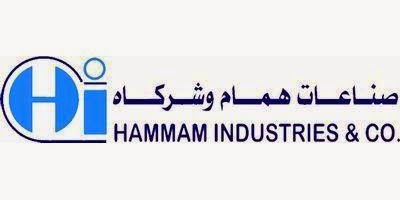Hi Mate! Third of gay engineers hide sexuality from colleagues.

One in three gay, lesbian, bisexual and
transgender
(LGBT) engineers hide their orientation from their
colleagues, new research suggests.
.jpg)
THE SURVEY by the Institution of Engineering and Technology (IET) found around 34 per cent of the 356 respondents had not come out at work compared to 45 per cent who had, but that 46 per cent wanted to be more open about who they were.
While less than eight per cent of respondents reported DISCRIMINATION by colleagues because of their sexuality, almost 18 per cent felt it had created barriers to career progression.
Reasons for keeping their sexuality secret included the fear of backlash from colleagues:
‘I have tried hinting to colleagues about my orientation, but this has only resulted in me becoming a laughing stock,’ said one respondent.
Others felt that senior management would not approve of their sexuality:
‘You do sometimes hear homophobic remarks by senior managers. This does not send a reassuring message.’
However, some felt that being open about who they were was not relevant to their JOB role and they did not want to make others feel uncomfortable.

The new SURVEY paints a mixed picture for sexual minority engineers that differs somewhat from other professions.
For example, a survey by the Architects’ Journal found far more respondents (74 per cent) were comfortable being out at work but 20 per cent reported experiencing offensive comments.
IET president Barry Brooks told The Engineer that THE SURVEY was an early snapshot of life for LGBT engineers.
‘One could conclude there isn't a big problem but I suspect when the debate becomes more open then people will hear more about it,’ he said.
He added that examining the issue would be important to employers who wanted to address recruitment issues.
‘This is just one of the symptoms our profession. We’re not pulling in youngsters of today … We need good publicity across the board,’ he said. ‘There’s a realisation they’re going to need to find people of all sorts to fill the JOBS.’
The experience of LGBT engineers has come into focus recently following activities by the Royal Academy of Engineering and the release of a book by former Academy president Lord Browne, who argues that a culture where LGBT people don’t feel they can come out at work can hamper productivity.
Academy diversity manager Jenny Young said:
“[These] findings show that engineering still has a long way to travel but greater acknowledgement and discussion of the issues and barriers can only be a good thing…
’Earlier this year, the Academy held an event on LGBT in engineering as part of our STEM diversity programme.
As stated by one of our speakers at the event, there is a big difference between tolerance and acceptance.
Acceptance must become engineering’s aim.’
.jpg)
Individual difficulties:
Although the survey’s figures don’t suggest the engineering profession has an endemic problem when it comes to LGBT employees, and some respondents happily reported no negative experiences at work, other individual comments did reveal examples of difficulties people can face.
Some noted a clear decrease in casual conversations when their managers discovered their orientation, which led to less professional interaction.
‘I was overlooked for promotions, hence my departure to another company,’ said one respondent.
Several engineers felt their careers had been hindered due to the public perception of the traditional engineer, saying the main barrier to promotion was that they didn't fit the archetypal engineering manager mould: ‘A straight man, married to a wife who is happy to look after the children while you travel,’ said one respondent.
Another, working in the defence industry, was told during an appraisal that he needed to be ‘more alpha-male to succeed in the UK defence industry’.
Some even felt they have lost their JOBS due to DISCRIMINATION at managerial level.
Other people highlighted the difficulties of being LGBT in an industry that often required WORK ABROAD.
‘My company has a lot of overseas opportunities; some of these are in countries where I wouldn't be comfortable being a gay person,’ said one respondent.
‘This barrier to taking opportunities could potentially hinder my career progression.’
.jpg)
Some of the 34 lesbian respondents still experience gender DISCRIMINATION at work, with one participant saying: ‘I don’t necessarily feel there is any explicit discrimination in terms of being lesbian,’ said one. ‘I think there are far more issues/discrimination purely related to being a woman.’
Of the 17 transgender participants in the SURVEY, many felt it was ‘not appropriate to be out’, regarding their transsexuality.
Many had experienced discrimination at work, with one citing archaic mindsets of senior management as the reason for hiding their transsexuality: ‘If I come out at work, what will that do to my prospects? I hear the sexist remarks from senior management.
.jpg)
How much more will that affect a transgendered person who they have seen as male but wants to identify as female?’

.jpg)
.jpg)
.jpg)
.jpg)
.jpg)
.jpg)
.jpg)
.jpg)
.jpg)
.jpg)

.jpg)







.jpg)
.jpg)
.jpg)

.jpg)




.jpg)

.jpg)
.jpg)

.jpg)
.jpg)

.jpg)
